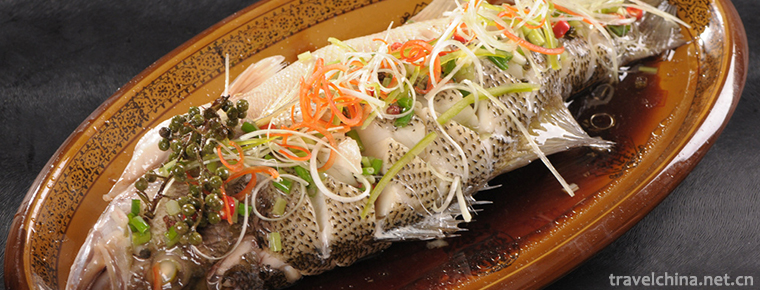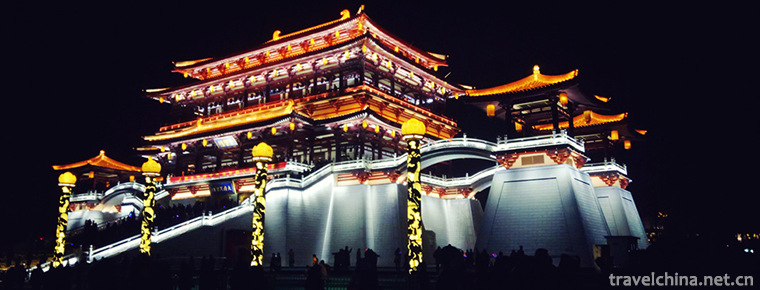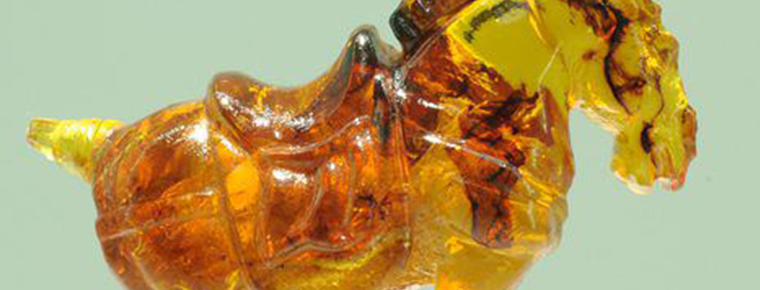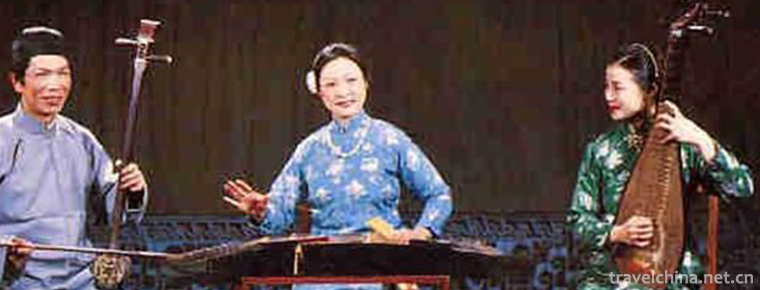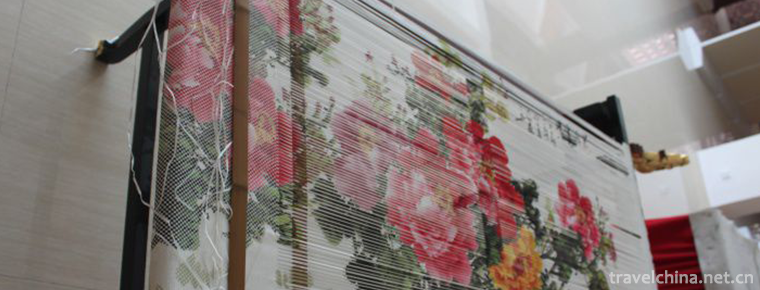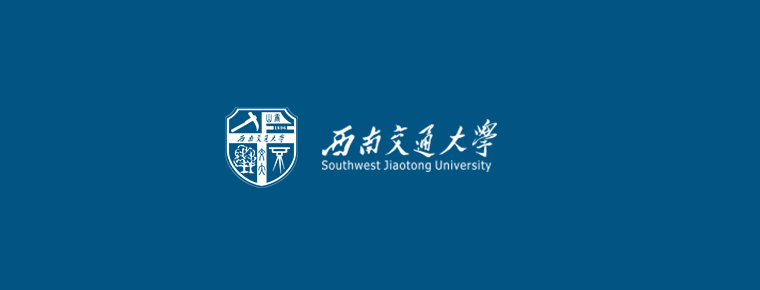Lead tin carving
Lead-tin carving
Lead and tin carving, a local traditional skill in Jingzhou City, Hubei Province, is one of the national intangible cultural heritage.
Lead-tin carving process is complex. Generally, it is necessary to combine plane decoration with three-dimensional, twisted and hollow shapes by means of blow, twist, knitting, extrusion and carving, and to combine animal shapes with animal shapes, and finally complete a specific model.
On May 23, 2011, the technology of lead-tin carving was approved by the State Council of the People's Republic of China and listed in the third batch of national intangible cultural heritage list, project number_-194.
historical origin
"The great events of the country are sacrifice and military service". The use of bronzes is usually regarded as an important symbol of Chinese civilization. Chinese bronzes are exquisitely made and have the highest artistic value all over the world. Since bronzes are made entirely by hand, no two pieces are identical. According to documents, bronzes have two basic functions or uses in the minds of the ancients. One is to hold objects and the other is to display them.
In the 1960s and 1970s, a large number of bronze wares were unearthed in Hubei Province. In 1965, the bronze sword unearthed from Tomb No. 1 in Wangshan, Jiangling County, was thin and sharp with bright colors. In 1978, the bronze wares unearthed from Zenghouyi Tomb in Suixian County were of peculiar shape and gorgeous decoration. Their bronze casting technology represented the highest level at that time and could be regarded as the treasure of Chinese civilization. Lead-tin carving, an important craft of Chu bronze utensils, has been well inherited in Jingzhou.
Lead-tin carving is a kind of moulding technique for making and duplicating ancient bronzes. Lead-tin carving technology utilizes the unique properties of lead-tin, combines plane decoration with three-dimensional, twisted, hollow and other shapes by means of blow, twist, knitting, extrusion and die forming, and combines the shape of objects and animal forms to form a delicate prototype. Lead-tin carving not only deconstructs the well-known traditional wax-losing method, lead-leaking method, pottery model, metal model's intrinsic mystery, but also concentrates on the use of a large number of little-known painting, line engraving, plane, three-dimensional, float engraving, hollow and other techniques. Lead and tin carving has the characteristics of secrecy, which has been passed on by craftsmen for more than two thousand years.
Technological characteristics
"Lead-tin carving" is the core technology used by the Ao family in Jingzhou to make and copy ancient bronzes. By using the unique characteristics of lead-tin, it combines plane decoration with three-dimensional, twisted and hollow shapes by means of striking, twisting, knitting, extrusion and engraving. It combines animal shape with animal shape, and finally finishes the exquisite model. Some experts have said that the "lead-tin carving" technology provides a practical example for the study of ancient Chinese bronze mold manufacturing technology, and has a very high practical value for the restoration of the authenticity of ancient Chinese bronze.
"Everything has its shape, the image must be solid, but it can be carved out." Lead and tin carving skills emphasize knife skills, carving to "shoulder back tightly, wrist work, foot landing, hand table".
Knife should bear in mind that "pick knife point hard, so as not to hurt the eye socket". "With knife force, with needle force on the top", although the decoration is complicated, but there are rules to follow. "Units on the same side, the shape of the flower is relatively engraved, flat up and cut a row," so that "each knife is connected, front and back lead to each other", can be "four flat, eight stable, carving dignified".
The process of sculpture is also the process of sharpening the mind. "Constant heart force, eye and hand alignment, stop rather than rush", "tight but not rush, slow but not loose, calm mind". There is no need to worry about making a mistake. "If there is a mistake, it's better to make a mistake than to make a mess."
The characteristics of lead-tin carving also lie in that once the defect is carved incorrectly, it is not necessary to start from scratch, and local repair can be carried out. "If the shape is to be changed, the change should be considered first."
In addition, lead and tin carving technology also has a set of strict mental recipes, not only to stop the work time, but also to meditate mental recipes according to different process, these mental recipes "will be oral and intangible cultural heritage characteristics are particularly prominent. The Ao family passed on from generation to generation in the form of oral and heart-to-heart instruction, transforming intangible cultural ideas into practical skills with strong operability, and integrating new experiences and methods in the inheritance, enriching the humanistic connotation of bronze culture.
Inheritance and Protection
Inheritance value
Lead-tin carving has four important inheritance values. First, it is of historical value. Ancient bronze art, known as "the great weapon of a nation", has strong national characteristics and is an important symbol of the progress of national civilization. It carries the long and splendid cultural history of the Chinese nation and condenses the wisdom and wisdom of the Chinese nation. The ancient bronze wares duplicated by the inheritors confirm the historical value of "lead-tin carving technique".
Second, the value of technology, "lead and tin carving technology" process is complex, each process is the delicate degree of the producer's cultural and artistic accomplishment test. Each process is full of artificial behavior, which fully reflects the producer's aesthetic interest. The producer's cultural connotation is stored in it, and the cultural idea is displayed.
Third, the economic value, "lead-tin carving technology" has raised the bronze production technology level and the bronze artistic and economic value. Ancient bronzes duplicated by "lead-tin carving technology" are several times the value of ordinary bronzes.
Fourth, the academic value, "lead-tin carving technology" for bronze metal moulding research, provides a full physical information and complete traditional process. It opens a new window for the academic research of bronze art and casting technology.
Current situation of inheritance
As a fourth generation heir, Ao Chaozhong studied art with his father and grandfather for more than 20 years in his teens. His son Ao Xinghua is the fifth generation of descendants. The family now runs the Ao family workshop. Ao Chaozhong is committed to the restoration and reproduction of cultural relics. He has been invited to participate in the excavation and reproduction of cultural relics by the Hubei Provincial Archaeological Institute and the Hubei Provincial Museum for many times.
Ao Chaozhong has handed the lead and tin carving skills to his son and daughter-in-law, and the whole family is engaged in making bronzes. Mr. Ao said that art can't live without life. They depend on this craft to eat honestly. They hope to inherit this craft all the time.
Because the technology of lead-tin carving relies on the reproduction of ancient bronzes and meets the needs of national cultural relics units to restore ancient artifacts, it is difficult to inherit the technology, so it is urgent to protect and inherit the technology of lead-tin carving.
Heritage figures
Ao Chaozhong, male, was born in May 1944. In December 2012, Ao Chaozhong was selected as the representative successor of the fourth batch of national intangible cultural heritage projects. He declared the project in Jingzhou, Hubei Province: Lead-tin carving technology.
protective measures
In 2012, Ao Chaozhong received more than 100 square meters of free shops to display and sell his non-legacy works in Gaolongcheng Non-hereditary Inheritance Garden in Wuhan. He also helped people, including Ao Chaozhong, find a market for their products, set up a seminar, set up a production, University and research center with Wuhan universities, and train apprentices among community residents and college students.
social influence
Important Exhibitions
In 2010, Ao Chaozhong, the successor, was invited to attend the Shanghai World Expo, and the bronze wares made with lead and tin carving techniques were displayed to the world.
In 2012, Ao Chaozhong's work "God Beast" was displayed at Tianjin National Non-material Cultural Heritage Exhibition.
In October 2017, the second China Yangtze River intangible cultural heritage exhibition was held in Wuhan, showing lead and tin carving skills.
Honorary recognition
In October 2010, Ao Chaozhong's works won silver prizes and other awards at the first China intangible cultural heritage exposition.
In 2012, it was displayed at Tianjin National Non-material Cultural Heritage Exhibition. Ao Chaozhong's work "Shen Zhu" represents "lead and tin carving skills" and has been printed on a series of Chinese postal stamps.

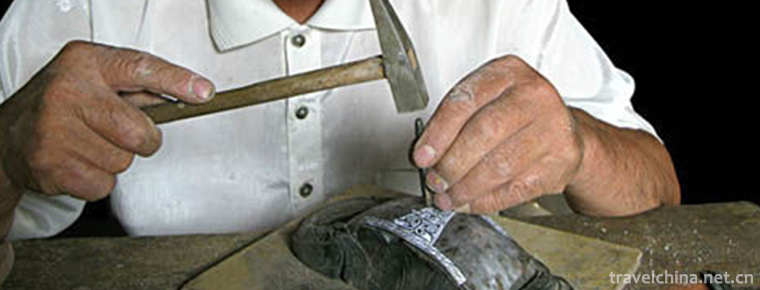
-
Cattle back MountainNiubeishan Mountain
Niubei Mountain is located in the border of Xingjing County and Luding County in Ya'an City.
Views: 171 Time 2018-10-13 -
Steamed perch with scallion and black beans
Steamed bass cooking techniques are mainly steamed dishes, and their taste is salty and fresh. Steamed perch is one of the famous traditional dishes in Guangdong province.
Views: 177 Time 2018-11-02 -
Dayan Pagoda Datang Furong Garden Scenic Area
The Furong Garden of the Tang Dynasty is located in Qujiang Development Zone in the south of Xi'an City, Shaanxi Province, on the southeast side of the Big Wild Goose Pagoda..
Views: 161 Time 2018-12-12 -
Firing Techniques of Fengxi Porcelain
Fengxi Porcelain Firing Technology, a local traditional technology in Fengxi District, Chaozhou City, Guangdong Province, is one of the national intangible cultural heritage..
Views: 771 Time 2019-04-29 -
Amber carving
Fushun Amber, a special product of Fushun City, Liaoning Province, is a national geographical indication product of China..
Views: 121 Time 2019-05-03 -
Gold and Silver Fine Craft
Gold and silver fine craftsmanship, Huangpu District of Shanghai, Nanjing City of Jiangsu, Jiangdu traditional handicraft, one of the national intangible cultural heritage..
Views: 207 Time 2019-05-07 -
Siming Nanci
Siming Southern Ci is also called "Siming Documents". A kind of traditional local folk art in Zhejiang Province. Tanci, spoken and sung in Ningbo dialect. It is popular in Ningbo, Zhejiang P.
Views: 186 Time 2019-06-16 -
Yongchun Paper Weaving Painting
"Yongchun County Chronicle" records: "In the early Tang Dynasty, Yongchun had the production of paper-woven paintings. Yongchun paper weaving painting features: interwoven paper marks, .
Views: 170 Time 2019-07-14 -
Chengdu Technological University
Chengdu Institute of Technology is a public full-time general undergraduate school organized by the People's Government of Sichuan Province. Founded in 1913, the school is the first industrial school .
Views: 285 Time 2019-08-31 -
Southwest Jiaotong University
Southwest Jiaotong University is a national key university directly under the Ministry of Education. The first batch of national "double first-class", "211 project", "characte.
Views: 161 Time 2019-08-31 -
Beijing Institute of Fashion Technology
Beijing Garment College was founded in February 1959, formerly known as Beijing Textile Technology College. In July 1961, it was renamed Beijing Chemical Fiber Engineering College. It was a key univer.
Views: 333 Time 2019-09-06 -
Anhui Medical University
Medical University Of Anhui (Anhui Medical University), referred to as "an Medical University", located in the capital of Anhui. Hefei City Yes. Key universities in Anhui By Anhui Provincial.
Views: 102 Time 2019-10-10

